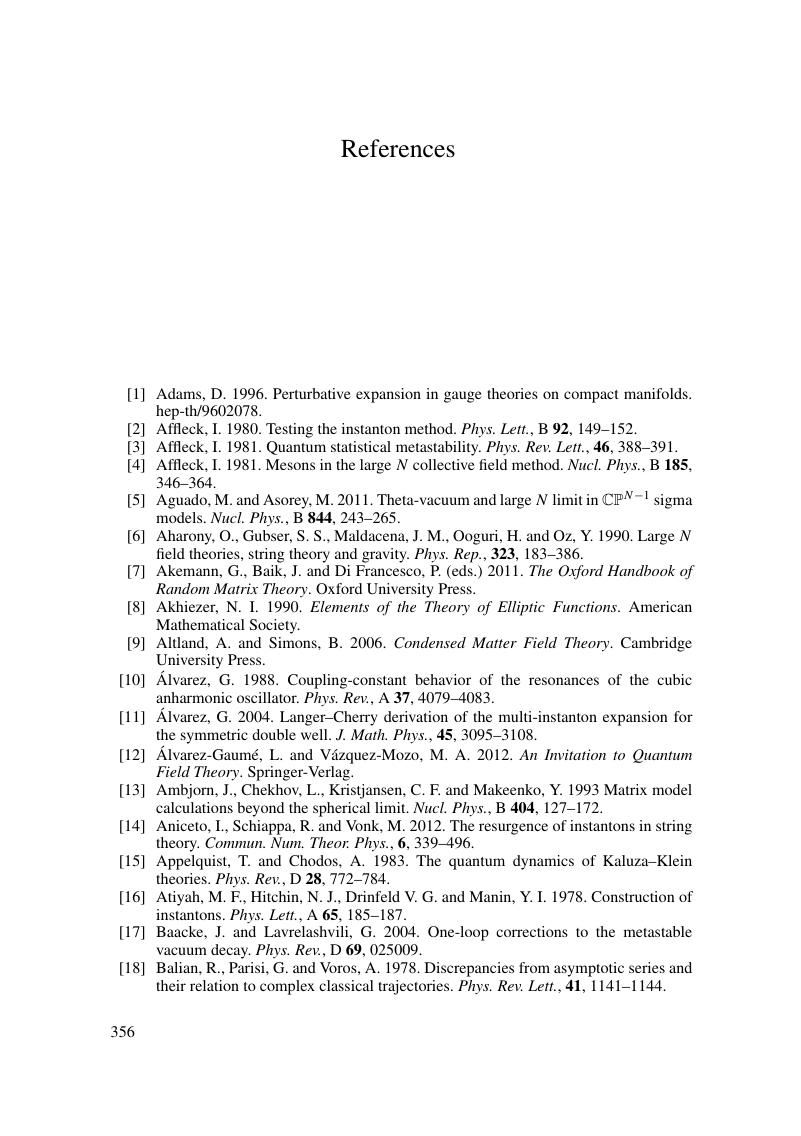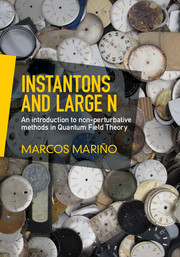References
Published online by Cambridge University Press: 05 September 2015
Summary

- Type
- Chapter
- Information
- Instantons and Large NAn Introduction to Non-Perturbative Methods in Quantum Field Theory, pp. 356 - 364Publisher: Cambridge University PressPrint publication year: 2015



